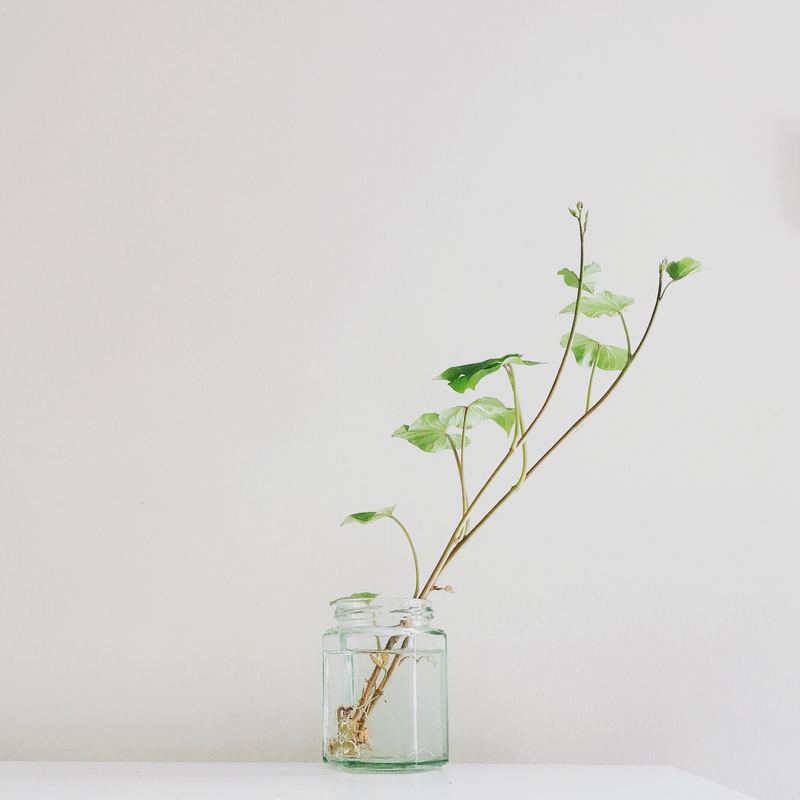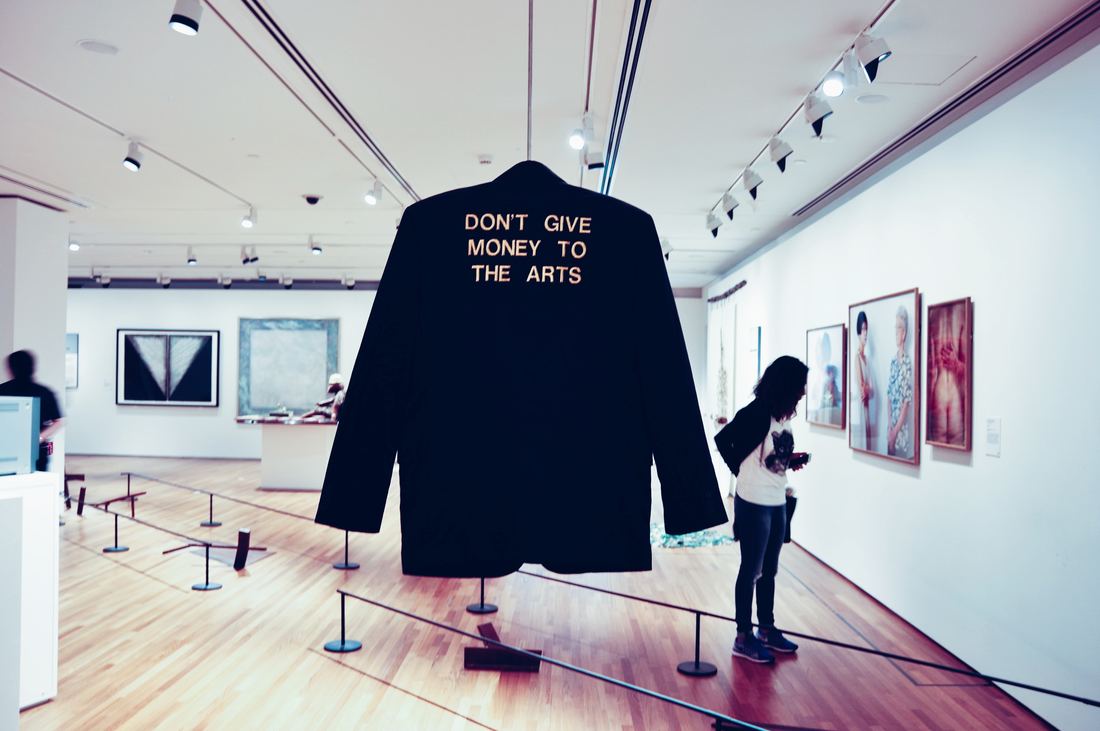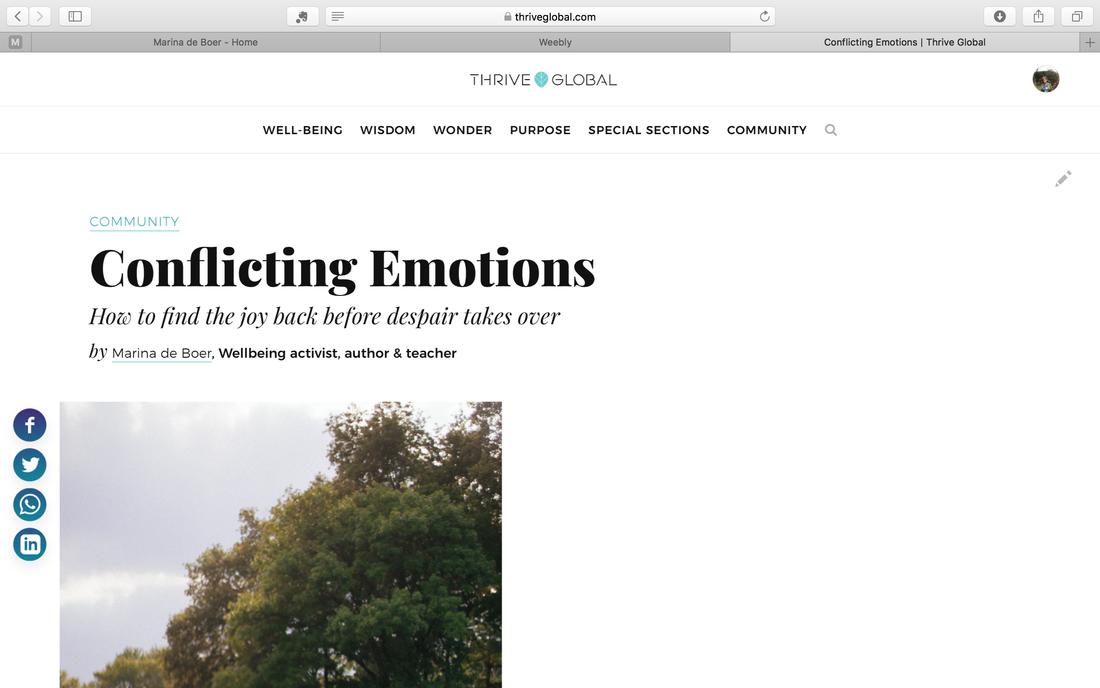|
If you have decided to start reading I am assuming it is because the title rang a very loud bell. I am not assuming it is because you had nothing to do, nowhere to scroll, no one to app. Reading, as is cooking, has become a revolutionary act. Writers are off the scale revolutionary for insisting on it in spite of very few people wanting to read and even fewer people wanting to pay for what has been written. As a writer and a reader you can imagine that I am living on a whole new level of self flagellation. I love to read people who have everything seemingly figured out. Clear, simple yet elegant creative living whilst contributing to a regenerative not just sustainable economy. I love it. Yet, I always wonder how they manage to live up to their creativity whilst remaining simple? How they pay their bills regeneratively? Books like Walden websites like Becoming Minimalist, Going Zero Waste The Permaculture student the Story of Stuff Project make it seem so easy. They recommend to just set some guidelines and get on with it. I have problems with both: how do you nuance and prioritise guidelines? How do you ‘get on with it’ amidst a world out of balance? In one article I came across it as a gender thing; Men just aren’t as fussy. In another it suggests to stick to a number of time saving rules that you incorporate in your day that may not always be a regenerative option but will give you time to dedicate to more significant projects. Let's call that the pragmatic approach. According to Henry David Thoreau simplicity is achieved by owning less stuff. After decades of collecting more and more things many people end up paying a monthly fee to rent storage space to save stuff we don’t use or what about all the cubic meters in your house that are occupied by things? Would you get rid of everything and move into a tiny house where you would not need to earn the income to pay for the cubic meters you don't really need? It looks like a lot of our stories are actually about stuff. Marie Kondo has helped many sort through their belongings with the KonMari method. Does the item sparkle joy? Great! you may keep it (in a colour coordinated, alphabetical and chronological orderly fashion of course). However useful it is, however expensive it was, if it gives you no joy, adios amigo. She suggests to pile up everything you own in one place and then pick up each item for the joy test. I think this system was intended for single people living alone because I can only imagine the scenario when the rest of the family would come home after momma’s joy test to find everything gone, or the even more overwhelming one of piles of stuff in every room for ever waiting for the owner's procrastination to pass. Fly Lady suggests setting a 10 minute timer and getting on with storing shoes, throwing out garbage, straightening the pillows on the couch, wiping down the kitchen tops, whatever, for a straight ten minutes non stop. I realise this is a very unsexy household tip but believe me, simplicity begins with a clear head and one can not think amidst chaos. The problem seems to get bigger though, once I can think, which was kind of a disappointment as far as tips go but what can you do. You see, simple living, by my books, means a more basic and natural way of living which immediately rules out industrially produced foods and packaged stuff. Finding your farmers market is fun, being at one is even more fun but the shopping will take you longer than a visit to a supermarket and the cooking longer than 2 minute meals in the microwave. But then I think of Marie Kondo; does it sparkle joy? YES! And equally important, is there anything I would rather do than this? NO! Keep moving. Simplicity? Nobody said it was easy. If you want to follow my wellbeing journey you can do so by clicking the button below.
1 Comment
If there is a budget for scientific research and two projects are presented, one to research the wellbeing of a cow after it is separated from its calve and another where a scientist wants to research the effect a change of diet has on milk production we all know which project will be considered more important and will subsequently be allocated the budget. If the first scientist would want to get another shot at doing the mentioned research he/she would have a better chance if the study was focused on the effect depression has on milk production. In other words, there needs to be a direct correlation between what we as a society have agreed to give a priority and the money we invest in it. Of course we like the idea of happy cows but only if it doesn’t affect our milk price.
A similar situation occurs when you speak to artists. Although we all like the idea of art we are not quite sure who should pick up the tab for all those creative spirits contributing to worldly aesthetics. There are two types of artists; those that sell and those that don’t. This does not always depend on the quality or standard of their art but usually on a combination of entrepreneurial talent and serendipity. Of course your opinion of these two groups largely depends on which group you are in yourself. For most artists money is a tricky subject largely because it does not differentiate worth and value. Something of great value can have little worth and vice versa. If you are not creatively inclined you will expect the artists to take care of themselves. We all need to, after all, be self supporting and take responsibility for our own choices. Selling art is the way for an artist to survive although he tends to have little influence on the price at which his work sells. Besides, once selling becomes a goal, creativity and originality will often need to move to the back seat and the painted word will become a necessary strategy. You need to decide your niche market, you need to build up your artistic authority and attract your fans. Your fans don’t necessarily want to know about you or your art as such, they want to know why your art will be a good investment and you an attractive cash cow. At the Art-preneurial training with Peter Maasdam in Amsterdam it was clear that Tony Robbins was in his outer circle of influence. Storytelling, high energy and high fives turned the down to earth Dutch in an enthusiastic audience. Don’t get me wrong, my admiration goes out to Peter for what he has achieved and for taking this very scary step towards motivational speaker after setting up a successful art-rental business and transforming a depressing Merck pharmaceutical warehouse into an uber cool and arty meeting and inspiration centre, but it just disappointed me that the build up of the programme was so obvious. From the testimonials of previous clients to the discount if you purchase today offer. Needless to say, when you go to a training day to learn how to earn more money with your art, the business model isn’t based on the entrance fee for the day programme. So then, why does it bother me that there is a time share hustle feeling about getting people to buy your training when the day is over? Especially as I am sure that numerous artists in the audience would benefit from his training, Peter is a smart, friendly, energetic guy with experience, curiosity and drive to move people to the next level. After some serious inner questioning I realised that what bothers me is the insight that creatives have still not managed to find a way to play the business game successfully by their own rules. That generic models are adapted to fit selling art with prices based on mm2 and word counts. That we are all struggling to find the formula that allows us to keep our head high, our wallet filled and our hearts on fire. Let’s practice observing all man made beauty around us, how it inspires us to live our life to the fullest and how that subsequently makes us so much more productive…. ! If you prefer, world, we can adapt the wording of the research project to prove it. (Credits to photographer Jocelyn Wu via Unsplash, whose image I may download and use free of charge, the irony of which I am sure will not go unnoticed but for which I am very grateful) Thrive Global is an online community started by Arianna Huffington (the founder of the Huffington Post) with the mission to prioritize wellbeing and commit "to accelerating the culture shift that allows people to reclaim their lives and move from merely surviving to thriving." Needless to say we share the same philosophy and a couple of my articles have been posted on the site. See the article in the link below.
|
Marina is...Inspired by everything that matters and convinced that creative living is on top of the list. Archives
April 2020
Categories |



 RSS Feed
RSS Feed
